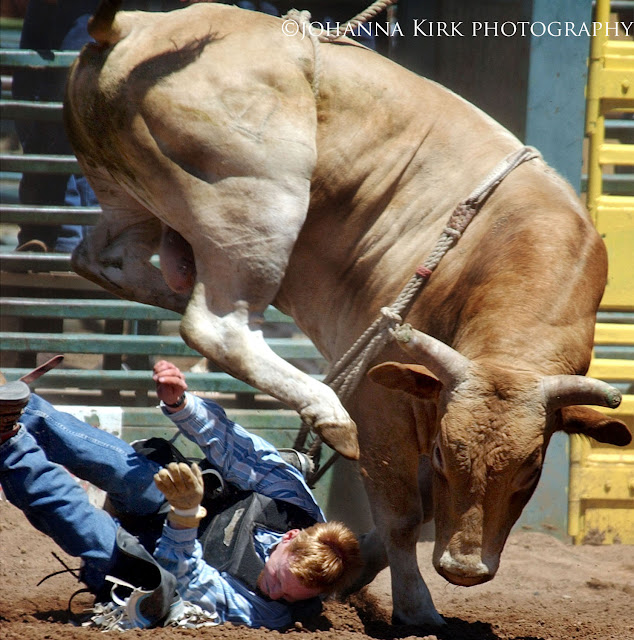First of all, let me explain quickly how camera exposure works.
Engineers building cameras found that the majority of scenes we point our camera at have x amount of white and y amount of black that equals out to about 18 percent gray on average (this made more sense back before digital when everyone shot a lot of black and white).
Let's stay away from the exceptions to this and talk about the majority of scenes....the 18 percent gray ones. Your kid on a swing, in normal lighting, no crazy back light, no huge white or black objects in the frame. In this regular situation, chances are, your camera's metering of the scene is pretty accurate.
So let's start there. You're in manual mode, you're looking through your camera's viewfinder and with it's little lines at the bottom...it will tell you whether you're in the middle (that's the neutral 18 percent gray)...which is the camera's recommendation to you. Or you can go minus or plus of that.
Minus meaning
less light=darker image
plus meaning
more light=lighter image.
So you move either your shutter speed or aperture until that line is neutral in the middle of the line. That's your camera's recommended exposure.
The thing about exposure though, is that there are many variables you can choose to get to that same correctly exposed frame.
I like to think of exposure like filling a bathtub with water. You can fill it fast though a huge, wide open faucet. You can fill it slow, with a smaller stream coming out of your faucet. In the end, you have the same full tub of water.
So we're outside, it's bright sunlight, the camera's recommended exposure is f16 at 1/125th of a second. These numbers are tied to one another, so if you move one up, the other moves down.
f16 at 1/125th
f11 at 1/250th
f8 at 1/500th
f5.6 at 1/1000th
The above exposures all let in EQUAL amount of light to expose your frame. As you either open or close the aperture, you have to "correct" by adjusting the shutter speed to half or double.
Exactly the same, filling that tub with water to the same height. Difference is how fast the water is flowing in and how big the faucets are, but the tub in the end is equally full.
The amount of light is the same in all these, but how you choose to let that light in, will determine how that frame looks in the end.
Small aperture (small "faucet") means you narrow the opening that let's in the light, thus you have to keep it open longer to fill your frame with light. Small apertures will have larger depth of field.
This means that more things in your photo will be in focus and not blurry. This is really great for things like landscapes, when you want the flowers in the foreground to be in focus, as well as the mountains far in the distance. So in this instance...choose something like
f16 at 1/125th of a second and you will get that.
Weird thing is that
small aperture, actually have the larger numbers. So
small apertures are f11, f16, f22 and so on.
Large apertures are the small numbers f2.8, f4, f5.6 (just to be confusing, I know).
These let in a lot of light quickly and the result is a narrow depth of field, with only a few select things in focus and the rest of the frame, blurry.
This works really well for sports or portraits, where the main subject is in focus but you don't want the eye wandering around the frame to other things, so you want backgrounds blurry. So if I'm photographing a portrait of my child, I may choose
f5.6 at 1/1000th (or
f4 at 1/2000th for even more blurry background).
I would recommend taking your camera out of program modes (sports, portraits, landscape, etc), because it's basically doing these calculations for you. Convenient? Yes! Helpful? No!
In order to fully understand exposure and have control over exactly how you want your images to look, you have to start shooting in manual mode more often and experiment with exposure.



























